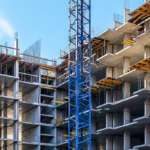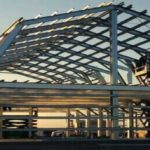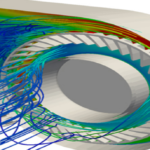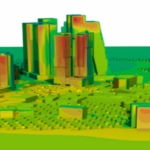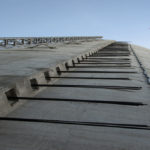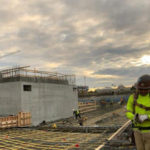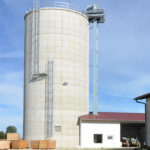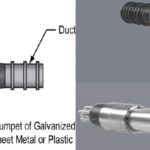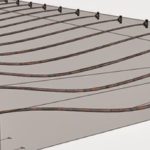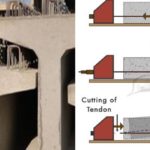Blog
Post Tensioning Method in Cantilever Slabs

The post-tensioning method can be used in cantilever slabs to keep the deflections below the desired limits and to reduce the slab thickness. Especially in long cantilevers, solutions such as increasing the slab thickness or designing beams can be made to keep the deflection value below the limits, but if an economical design is desired without changing the architectural design, the post-tensioning method is suitable for cantilever slabs.
During the design of cantilever slabs, attention should also be paid to the vibration behavior of the slabs under loads. Vibration action can be critical for comfort of use on long cantilevers.
The TS3233 regulation, which is valid for prestressed elements in our country, is used in post tensioning design, but when necessary, the relevant parts of the more up-to-date ACI and Eurocode are also used.
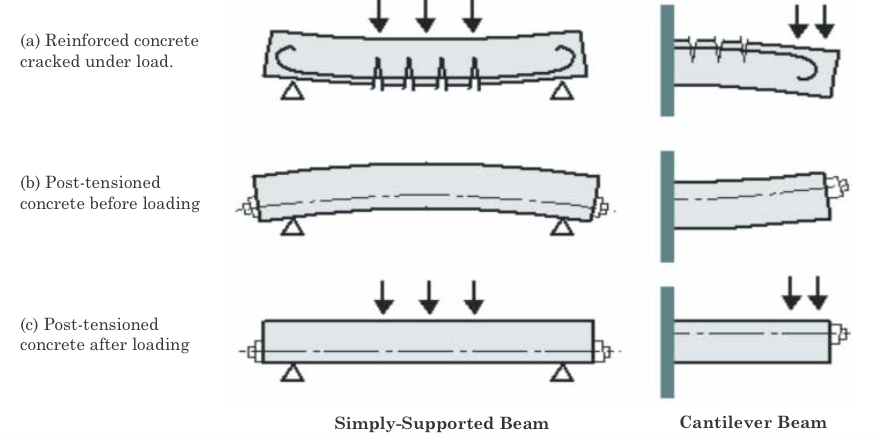
To explain the post-tensioning application steps, respectively;
Design Phase: In the design phase, design alternatives are studied by using computer software in order to reach the most economical, applicable and not exceeding the limitations solution. As a result of the analyzes and optimizations made, a design is made that can safely resist the loads that may occur throughout the life of the building. Designing also includes determination of slab thickness, amount of mild reinforcement, number of tendons and tendon locations.
Tendon Placement: First, protective walls called galvanized duct or tube are placed on the chair reinforcements. Then the tendons are placed inside these ducts.
Anchoring and Fixing: Anchoring should be done in accordance with the project and this should be checked. Anchorage and fixation are important to prevent tendon slipping.
Concrete Pouring and Compaction Process: After the tendons are placed, concrete is poured. During the pouring of concrete, there should be no gaps in the sections where the tendons are located. The quality of concrete placement directly affects the tensioning process.
Tensioning Process: After the concrete reaches a certain strength, a tensioning process is applied as much as the force determined in the design. Tensioning is done with a special hydraulic machine.
Maintenance: After the concrete is poured, it is waited for a certain period of time to reach sufficient strength. During this period, curing should be done to prevent cracks and increase the strength of the concrete.
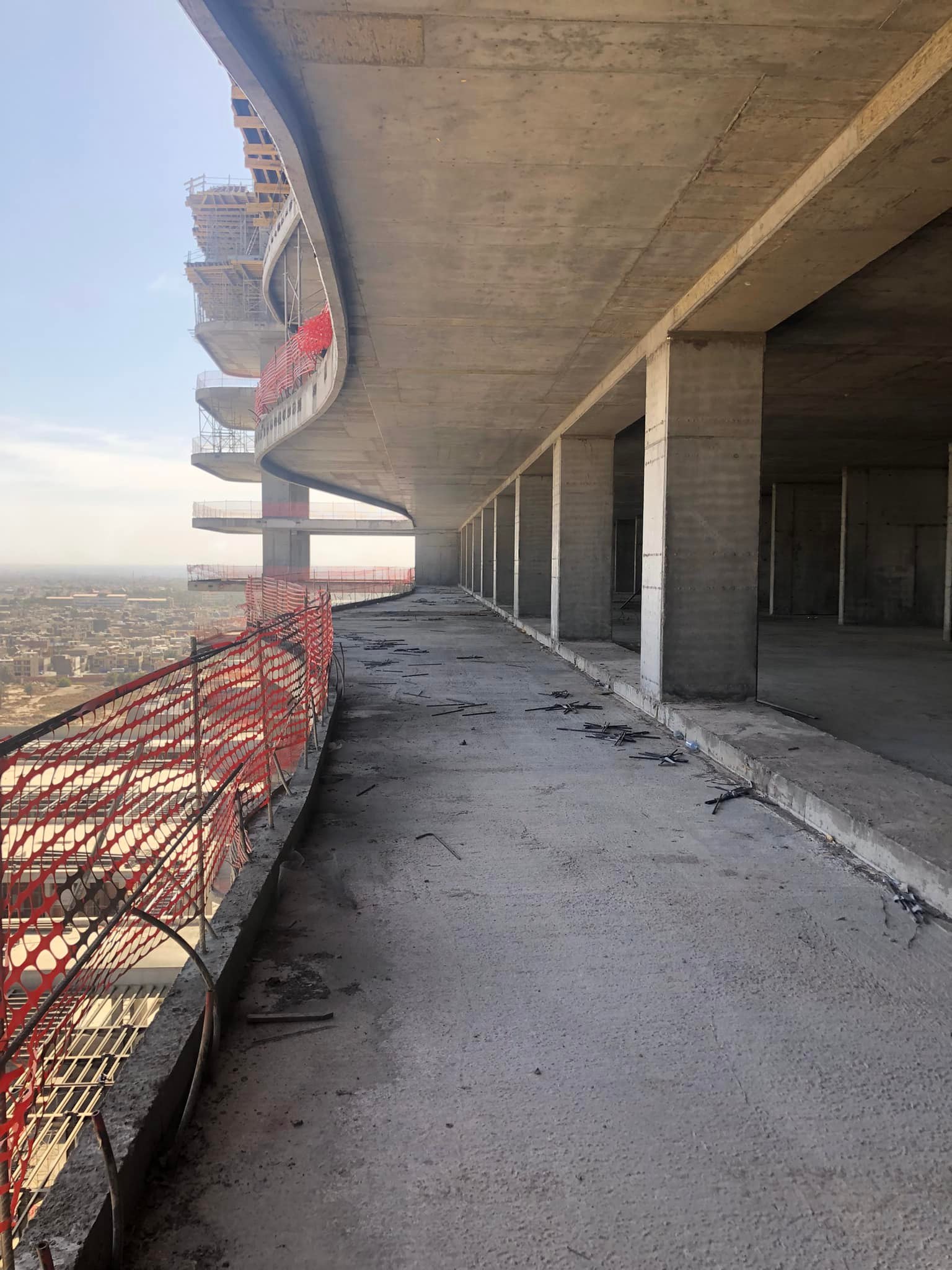
What are the advantages of post-tensioning in cantilever slabs?
- Since thinner slabs can be designed with post-tensioning design, it can create positive effects in terms of architecture.
- Deflection limits that cannot be achieved with conventional reinforced concrete design can be achieved by post tensioning method.
- Thanks to the reduction of the floor thickness and reduction of mild reinforcement quantity with post-tensioning, a more economical solution can be obtained compared to the design made with conventional reinforced concrete.
Latest Blog
-
Methods Used In Earthquake Performance Analysis
4 July 2024 -
Reinforced Concrete Calculation Static Report
31 January 2024 -
Steel Calculation Static Report
31 January 2024 -
What Is CFD Analysis?
22 December 2023 -
What Are The Benefits Of CFD Analysis?
22 December 2023 -
Silo Reinforcement with Post-Tensioning Method
26 September 2023 -
Post Tensioning Method in Cantilever Slabs
4 September 2023 -
Post-Tensioning Application In Reinforced Concrete Silos
22 August 2023 -
Components Of Post Tensining
16 August 2023 -
What Are Pre-Stressing And Post-Tensioning?
11 August 2023 -
What is Prestressing?
8 August 2023 -
History Of Post Tensioning
8 July 2023 -
Post Tensioning Method In Foundations
14 June 2023




